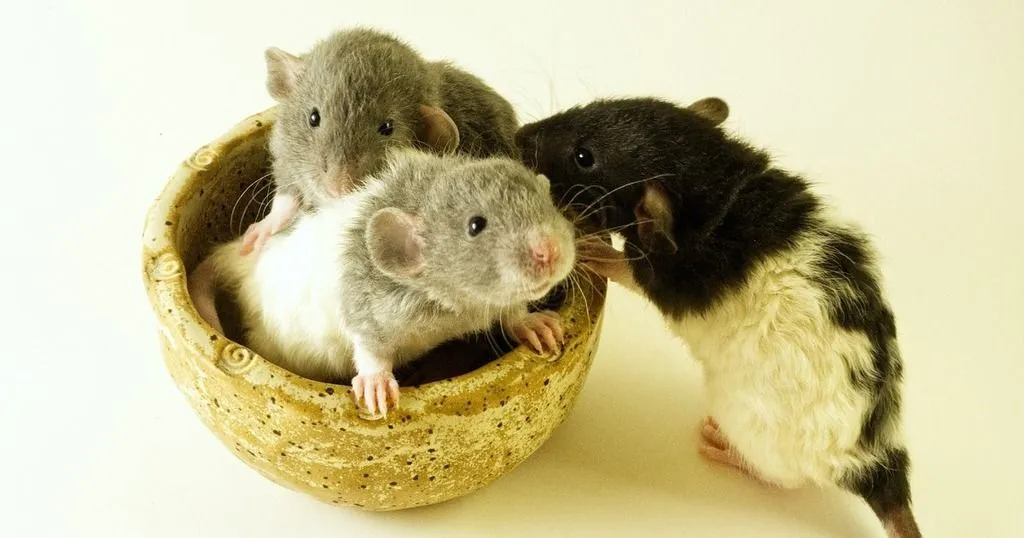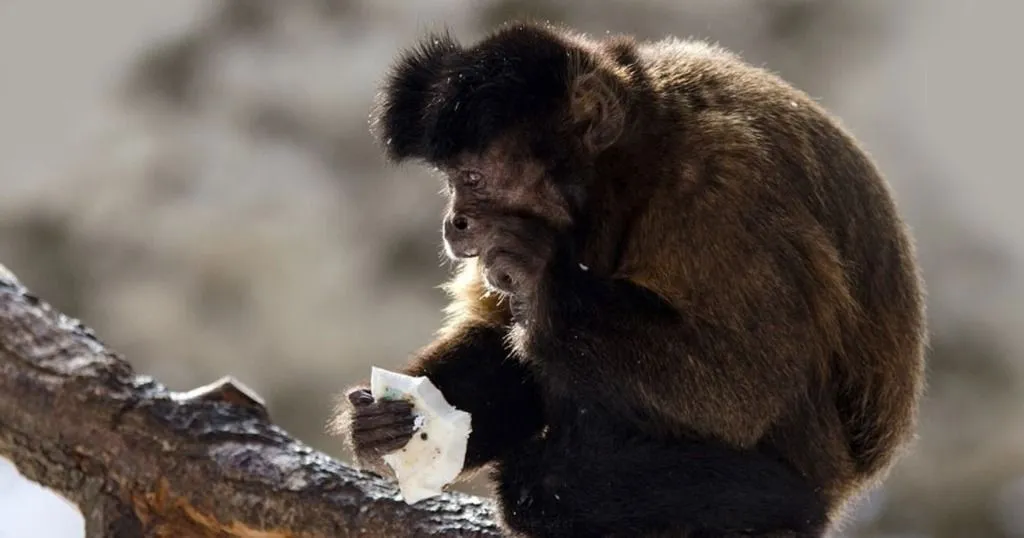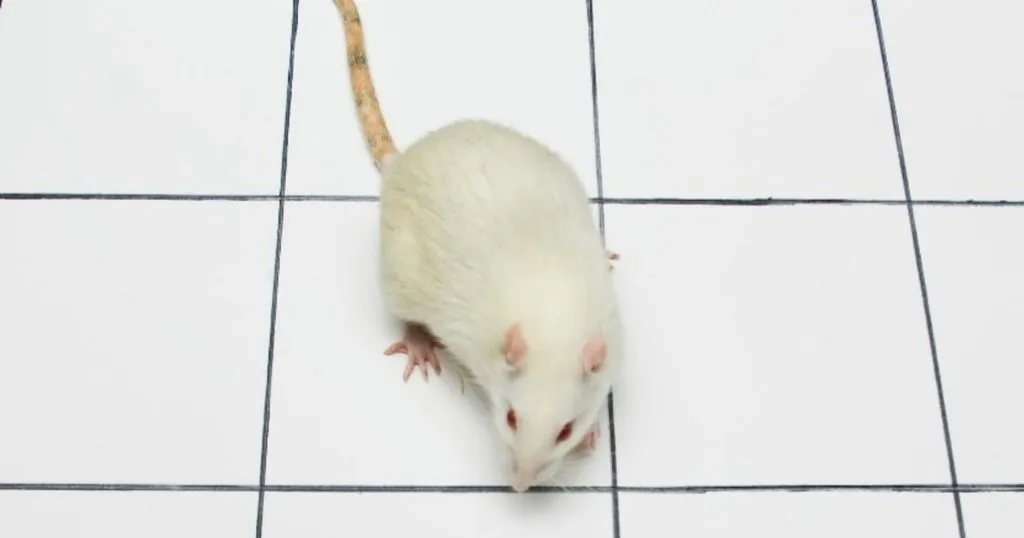Altruism in rats, suspiciously human
A recent study by Bartal et al drove our curiousity to write this blog about altruistic behavior in rats. This study shows how this type of behavior is neurally linkend to the social functioning of humans.
Posted by
Published on
Wed 25 Aug. 2021
Topics
| Behavior Recognition | EthoVision XT | Rats | Social Behavior Research | Social Interaction |

Do you sometimes feel like you have the social functioning of a rat? Probably not. But if you have, there is good explanation for that! We as humans share 99% of our genes with rats. It is indeed no secret that rats and humans share a large amount of anatomical, physiological and genetic properties, which (partly) explains the use of rats as a model organism in (bio)medical research. The latest in these shared properties was identified in a very recent publication by Bartal et al, explaining a shared neural mechanism in altruistic behavior [1].
Altruism in rats, suspiciously human
Helping behavior
Their publication focusses on prosocial behavior, particularly uncovering the neural mechanisms responsible for mammalian helping behavior. Their study starts with their uniquely designed ‘Helping behavior test’ (HBT). This test determines whether there is emphatic concern in rodents, more simply put: if they are capable of ‘helping behavior’. A trapped cagemate is used as the motivator, rescuing this cagemate from a restrainer is used to quantify this pro-social motivation.
They found a general empathy towards all trapped rats. However rats only worked to free others from the restrainer when they were of their own strain (‘ingroup’), not rats of an unfamiliar strain (‘outgroup’). This suggests social selectivity and this distinction could be made by tracking the rats’ movement within the arena containing the restrainer, showing general interest in a trapped rat versus leaning or head butting the restrainer door to release the trapped rat.

image from Bartal et al [1]
Shared neural network
They directly followed behavioral testing by the immediate sacrifice of the animals to determine peak expression of c-Fos through immunohistochemistry. With this method, determining brain-wide neural activity, a shared network was found. The frontal and insular cortices showed activity during the helping test which was irrespective of group membership, while the striatum showed specific activity for ingroup members.
Additionally, rats were injected with a viral vector in the nucleus accumbens and implanted with a fiber patch cord. This allowed in vivo calcium imaging which showed activity in the brains’ reward circuitry when rats rescued a trapped ingroup member.
The human comparison
Humans share the same mechanisms and regions when it comes to empathy and reward as investigated in this study by Bartal et al. However this can never be brought back to a one-on-one comparison, as human prosocial behavior is uniquely complex. When brought back to basic emphatic responses this study shows that there is a highly conserved biological mechanism, which is also suggested to cross other social species.
The authors of this paper conclude that this data provides evidence towards a step of better understanding the socially complex creatures that humans are. They state that the understanding of the empathy gap for outgroup members is a major goal for society: “Why do we help some, but remain impervious to the suffering of others?”
The impact of behavioral neuroscience
This study is a great example of the importance of using rodent models in behavioral neuroscience, since the interpretation of behavioral responses often isn’t distinct or intuitive. Advancements in behavioral tracking has improved resolution in this context. Noldus’ Ethovision XT is a fully automated behavioral tracking software which can be implemented in a wide array of behavioral experiments. This can also be paired with Noldus’ PhenoTyper box, which has additional options such as optogenetics and in vivo calcium imaging as used in the current study by Bartal et al.
Using tech as a behavioral tool
By using these powerful technological advancements to our advantage, investigating shared neurobiological mechanisms in rodents can greatly increase our understanding of social behavior, and place it in a societal context. This bridges an extremely important gap between rodents as a scientific (social) model, and social studies in humans with the role that they play in nowadays’ complex society. After all, it was Aristotle that stated “Man is by nature a social animal” and “Society is something that precedes the individual”.
References
[1] I. Ben-Ami Bartal et al., “Neural correlates of ingroup bias for prosociality in rats,” Elife, vol. 10, Jul. 2021, doi: 10.7554/ELIFE.65582.
Related Posts

Unraveling primate behavior, why do monkeys rub their fur?

How to find an animal model for obsessive-compulsive disorder (OCD)

